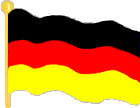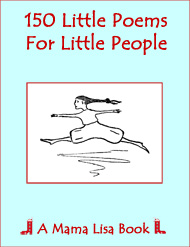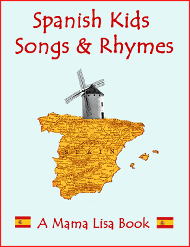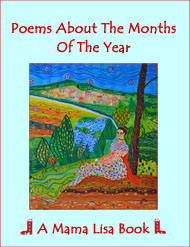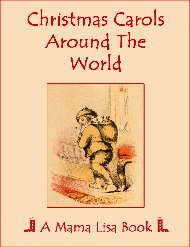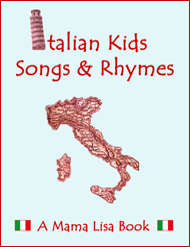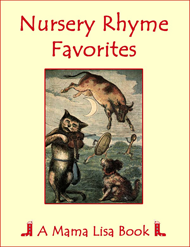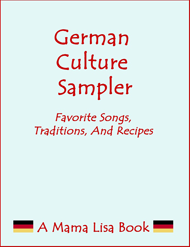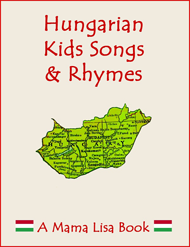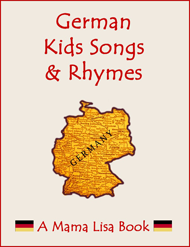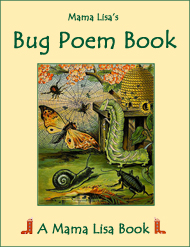Ich bin der Doktor Eisenbart
This song is also called Eisenbart-Lied (Eisenbart Song). It's a folk song and also a student and drinking song. It was written around 1800. It deals with the treatment methods of Johann Andreas Eisenbarth, who is depicted in the song as a charlatan.
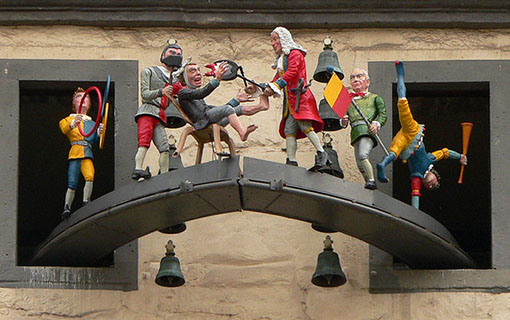
Ich bin der Doktor Eisenbart
I'm Doctor Eisenbart
Children's Song
Children's Song
(German)
(English)
1. Ich bin der Doktor Eisenbart, wide wide witt bum bum.
Kurier' die Leut' auf meine Art, wide wide witt bum bum.
Kann machen, dass die Blinden geh'n, wide wide witt juchheirassa,
Und dass die Lahmen wieder seh'n, wide wide witt bum bum.
2. Zu Potsdam operierte ich, wide wide witt bum bum.
Den Koch des großen Friederich, wide wide witt bum bum.
Ich schlug ihn mit dem Beil vor'n Kopf, wide wide witt juchheirassa,
Gestorben ist der arme Tropf, wide wide witt bum bum.
3. Des Küsters Sohn in Dideldum, wide wide witt bum bum.
Dem gab ich zehn Pfund Opium, wide wide witt bum bum.
Drauf schlief er Jahre, Tag und Nacht, wide wide witt juchheirassa,
Und ist bis heut' nicht aufgewacht, wide wide witt bum bum.
4. Es hatt' ein Mann in Langensalz', wide wide witt bum bum.
'nen zentnerschweren Kropf am Hals, wide wide witt bum bum.
Den schnürt' ich mit dem Waschseil zu: wide wide witt juchheirassa,
Probatum est, nun hat er Ruh, wide wide witt bum bum.
5. Zu Wien kuriert' ich einen Mann, wide wide witt bum bum.
Der hatte einen hohlen Zahn, wide wide witt bum bum.
Ich schoss ihn aus mit der Pistol', wide wide witt juchheirassa,
Ach Gott, wie war dem Mann so wohl, wide wide witt bum bum!
6. Zu Jena hieb ich eine Weib, wide wide witt bum bum.
Zehn Zuder Steine aus dem Leib, wide wide witt bum bum.
Der letzte war ihr Leichenstein, wide wide witt juchheirassa,
Ich glaub' sie kurieret sehn, wide wide witt bum bum.
7. Das ist die Art, wie ich kurier', wide wide witt bum bum.
Sie ist erprobt, ich bürg' dafür, wide wide witt bum bum!
Dass jedes Mittel Wirkung tut, wide wide witt juchheirassa,
Schwör' ich bei meinem Doktorhut, wide wide witt bum bum!
1. I'm Doctor Eisenbart, veede veede veett boom boom.
I cure people in my own way, veede veede veett boom boom.
I can make the blind walk, veede veede veett yippee
And the lame see again, veede veede veett boom boom.
2. I operated in Potsdam, veede veede veett boom boom.
On the Great Frederick's (1) cook, veede veede veett boom boom.
I hit him in the head with a hatchet, veede veede veett yippee,
The poor fellow is dead, veede veede veett boom boom.
3. To the beadle's son in Dideldum, veede veede veett boom boom.
I gave ten pounds of opium, veede veede veett boom boom.
Then he slept for years, day and night, veede veede veett yippee,
And hasn't woken up until today, veede veede veett boom boom.
4. There was a man in Langensalza (2), veede veede veett boom boom.
With a heavy goiter on his neck, veede veede veett boom boom.
I tied it with a clothesline, veede veede veett yippee,
Probatum est (3), now he's in peace, veede veede veett boom boom.
5. In Vienna I cured a man, veede veede veett boom boom.
He had a hollow tooth, veede veede veett boom boom.
I shot it out with a pistol, veede veede veett yippee,
Oh God, how very well was the man, veede veede veett boom boom!
6. In Jena I cut out from a woman, veede veede veett boom boom
Ten candies (4) from her body, veede veede veett boom boom
The last one was her tombstone, veede veede veett yippee
I think she sees herself cured, veede veede veett boom boom.
7. That's the way I cure, veede veede veett boom boom.
It is tried and tested, I vouch for it, veede veede veett boom boom!
Every remedy works, veede veede veett yippee,
I swear by my mortarboard, veede veede veett boom boom!
Notes
(1) Frederick William I (1688-1740), King of Prussia from 1713 to 1740.
(2) Town in the Thuringia state of Germany.
(3) Latin for "It's proved".
(4) "Zuderstein" or "Zuckerstein" literally translates "sugarstone", hence the play on words with "tombstone" -literally in German "corpse stone".
According to Wikipedia, "There are numerous variations, of which the earliest dateable publication of 1814 comes from the commercial book of the student association Germania from Göttingen. The first publication with melody appeared in 1840. In the 20th century the student song was transformed into a youth and children's song, the melody of which finally also formed the basis for the equally popular "Ein Mann, der sich Kolumbus nannt".

Thanks and Acknowledgements
Translated by Monique Palomares with Lisa.
Image: Bells at the Town Hall of Hann.


